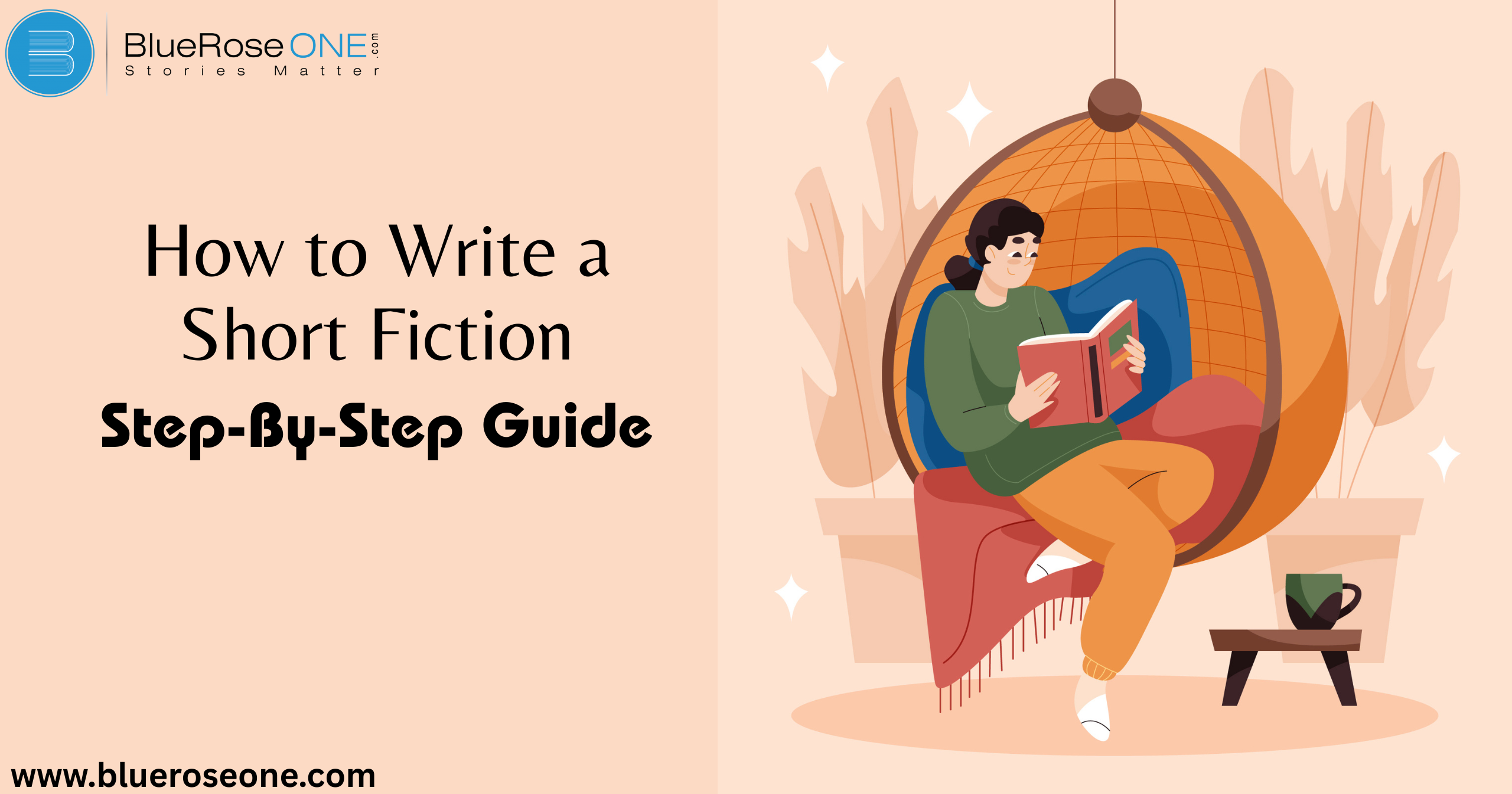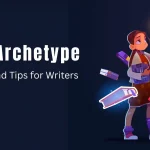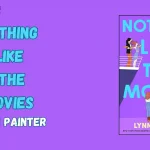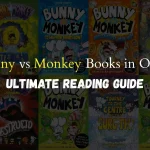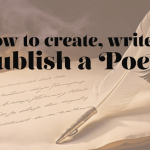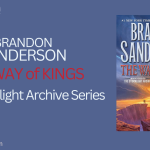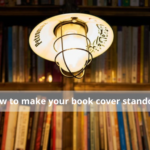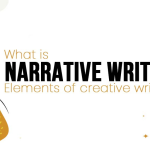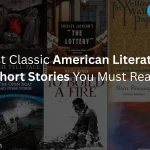What is Short Fiction?
Short fiction is a complete story told in a brief word count usually under 7,500 words. It’s a condensed form of storytelling where every word counts. You still get plot, character, and emotion, but with a tighter focus.
Short Fiction vs. Novel
The primary difference between short stories and novels is their length, scope, and narrative depth. While short fiction focuses on a single moment, theme, or character arc (generally around 7,500 words), a novel delves into several plotlines and character developments over a longer period of time, typically exceeding 50,000 words. Short tales require precise storytelling, with each word serving a purpose, making them great for experimenting with concepts, tones, or styles without committing to a full-length novel.
You may also like: Latest Sahitya Akademi Award Winners List (Updated)
Common Types of Short Fiction
- Flash Fiction: Less than 1,000 words
- Short Story: 1,000–7,500 words
- Novelette: 7,500–20,000 words
Why Write Short Fiction?
Short fiction allows writers more freedom to experiment with style, voice, and structure. Unlike novels, which frequently adhere to more rigid patterns, short stories allow authors to explore unorthodox tales or concentrate on a single moment or concept. This independence fosters creativity and risk-taking, making short fiction an important avenue for development. Whether you’re trying out new genres or honing your voice, short stories are a versatile and manageable way to polish your art.
Great Practice for Aspiring Writers
Short fiction is excellent exercise for aspiring writers because it allows them to master important storytelling abilities in a compact format. Writing short tales improves a writer’s ability to create engaging storylines, quickly develop characters, and stay focused on a single theme. Because of their brevity, short stories allow writers to experiment with style, tone, and structure without the long-term commitment of a novel, making them excellent for developing confidence and technique.
You may also read: What is Typesetting? A Beginner’s Guide to Perfect Page Layout.
Step-by-Step Guide to Writing Short Fiction
Step 1: Start with a Strong Idea
Every excellent short tale starts with a fascinating concept. Since short fiction has limited space, your central concept should be focused, engaging, and thought-provoking. Consider themes, characters, or situations that evoke strong emotions or raise intriguing questions. A strong idea often stems from a “what if” scenario, a personal experience, or an unexpected twist. This foundation sets the tone, direction, and impact of your entire narrative.
Brainstorming Tips
- Think about personal experiences.
- Ask “What if” questions.
- Mash up two unrelated ideas.
Using Prompts and Inspiration
Browse writing prompt websites, read headlines, or even scroll social media for interesting images or quotes.
You may also read: Intezaar-e-yaar Book by Shaikh Shaista: Book Review
Step 2: Define Your Characters
Strong characters are essential in short fiction, even with limited word count. Focus on your protagonist’s goals, motivations, and internal or external conflicts. Well-defined characters help drive the plot forward and create emotional depth. Consider their backstory, personality traits, and relationships to other characters. In short fiction, every detail matters so choose attributes that enhance your story’s theme and keep the narrative tight and engaging.
- Main Character and Motivation: Focus on one main character. What do they want? What’s stopping them
- Keep Supporting Cast Minimal: Too many characters can clutter your short story. Two or three is usually plenty.
Step 3: Choose the Right Setting
Your short fiction’s environment affects the mood, the actions of the characters, and the plot. Whether it’s a bustling city street or a quiet village, the setting should serve the story’s theme and conflict. Choose a place and time that enhances emotional impact and tension. In short fiction, every detail counts so focus on vivid, concise descriptions that immerse readers without overwhelming them. A well-chosen setting can elevate even the simplest plot.
You may also like: How to Write a Book Review.
Step 4: Outline Your Plot
Outlining your plot is essential for maintaining focus and pacing in short fiction. Since short stories have limited space, every scene must serve a purpose. Create a clear beginning, middle, and end, and identify key plot points like the inciting incident, climax, and resolution. This structure helps you organize your ideas, avoid plot holes, and build tension effectively, ensuring your story remains engaging from start to finish.
Plot is your roadmap even in short fiction.
Basic Plot Structure
- Beginning: Hook and setup
- Middle: Conflict rises
- End: Resolution or twist
Focus on One Conflict
Don’t try to cover too much ground. Stick with one major conflict and resolve it powerfully.
You may also read: Best Software for Typesetting Books and Magazines in 2025
Step 5: Write an Attention-Grabbing Opening
The opening of your short fiction should immediately capture the reader’s attention. Start with an intriguing sentence, an unexpected twist, or a vivid description that sparks curiosity. A strong opening sets the tone for the entire story, introduces key characters or conflicts, and pulls readers into the narrative. Aim to establish the fundamental question or feeling of your tale, which will entice readers to continue reading.
Step 6: Build a Tight Narrative
A key element of successful short fiction is a tight narrative. This means ensuring every sentence contributes to the story’s central theme or plot. Avoid unnecessary subplots or overly complex details that might distract the reader. Focus on concise language and clear character development, maintaining pacing that keeps readers engaged. A well-structured narrative helps ensure your story remains impactful while fitting within the limited space of short fiction.
You may also like: Top 20 Best Mystery Thriller Books You Need to Read in 2025
Step 7: Deliver a Powerful Ending
A solid ending leaves a lasting effect on readers and brings your story together. In short fiction, every word counts, so your conclusion should be both impactful and brief. Whether it’s a twist, a moment of emotional clarity, or an open-ended observation, make sure it fits with the topic. A strong conclusion gives closure while reinforcing your key idea, providing your story depth and memorability in a few lines.
Leave your reader with something to chew on.
Twist, Resolution, or Open-Ended?
- Twist Ending: Surprise that recontextualizes everything.
- Resolution: A clean wrap-up.
- Open-Ended: Leave some mystery—if it fits the tone.
Common Mistakes You May Avoid
Trying to Do Too Much
A typical mistake in short writing is attempting to include too many characters, subplots, or themes. Unlike novels, short tales rely heavily on focus and clarity. When writers try to squeeze too much information into a story, it usually feels rushed or unclear. Instead, focus on a single fundamental conflict or theme. A well-developed, compact plot with a small cast allows for emotional depth and effect despite the modest word count.
Underdeveloped Characters
Creating undeveloped characters is a typical mistake in short stories. Due to word limits, writers may avoid deep characterization, resulting in bland or unappealing characters. Even brief stories require characters with defined motivations, distinct personalities, and real emotions. Even if the characters only appear for a few pages, readers should care about them. Using brief but vivid details, such as a distinct gesture or a revealing line of conversation, can rapidly enhance depth and reality.
Weak Endings
One of the most common pitfalls in short fiction is delivering a weak ending. A story that builds tension and intrigue can fall flat if the conclusion feels rushed, vague, or unresolved. Readers expect a satisfying payoff whether it’s a twist, emotional closure, or a meaningful insight. Weak endings often stem from unclear story goals or underdeveloped themes. To avoid this, ensure your ending ties back to the central conflict and offers a sense of resolution or impact.
You may also read: WhiteSmoke Review: Features, Pricing, Pros & Cons
Examples of Famous Short Fiction
“The Lottery” by Shirley Jackson – Creepy, disturbing, and brilliantly told this classic shows how powerful short fiction can be
“A Good Man is Hard to Find” by Flannery O’Connor – Rich characters, suspense, and moral tension all packed into a few pages.
Where to Publish or Share Short Fiction
Online Platforms
Online platforms provide writers with accessible and diversified opportunities to publish short fiction. Websites such as Wattpad, Medium, and Reedsy have built-in audiences and user-friendly interfaces, making it simple for new authors to share their works. These platforms frequently encourage community feedback, which helps writers grow through reader engagement. Whether you’re experimenting with genres or developing a portfolio, internet platforms are great locations to gain recognition and connect with other fiction fans.
Literary Magazines
Literary journals are an excellent way to publish short fiction, particularly for young writers. These journals, both print and online, publish high-quality articles and frequently accept contributions from emerging voices. Prestigious publishers like The New Yorker, Ploughshares, and Granta are extremely competitive, yet lesser journals like SmokeLong Quarterly or Flash Fiction Online provide easy entrance opportunities. Publishing in literary publications might help you establish your writing credentials and reach a targeted literary readership.
Writing Contests
Writing contests are an excellent method to obtain attention and reputation for your short stories. Many contests, including those organized by The New Yorker, Narrative Magazine, and Writer’s Digest, provide prizes, publication possibilities, and useful criticism. Some are free to participate, while others need a nominal cost. Participating in respected contests can help you develop your writing skills and may lead to future publishing possibilities or literary representation.
You may also read: Fifty Shades of Grey: Book Review | BlueRoseOne
Final Thoughts
Writing short fiction is like crafting a gem, small, but dazzling when done right. With the right idea, sharp focus, and emotional impact, your short story can leave a lasting impression. So grab your pen or open that laptop. Start small, write smart, and most importantly, enjoy the process.

